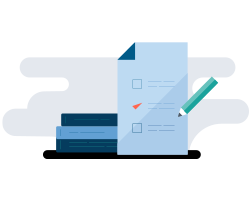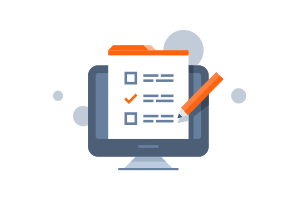Course Curriculum
- Understanding AI Agents vs Agentic AI
- Key Use Cases
- Evolution of Agentic Systems
- Python Setup
- Data Validation with Pydantic
- Parsing
- Field Definitions
- Validators
- LangChain Components
- Prompt Engineering Strategies
- RAG Overview
- Hands-on: Creating a Basic Agent Using LangChain
- Memory and Tools
- Building Reasoning + Acting Agents
- Custom Tools
- RAG Architecture
- Knowledge Retrieval via Vector DBs
- Basic RAG
- Advanced RAG
- Controlled RAG
- Local LLMs
- LangGraph Studio
- Graph Basics
- Chains and Routers
- Build a RAG-enabled Assistant Using LangGraph
- Node Design
- Agent Roles
- Communication Protocols
- Model Building
- Validation
- Lightweight Agent Design with Smol Agents
- Planning Loop, Tool Use, Autonomy
- Introduction to LlamaIndex
- Indexing, Retrieval, Memory Abstraction
- Integration with LangChain
- AutoGen Core: Goals, Actions, Agents, Environments, Applications
- Agent Setup
- Architecture and Roles
- Autonomy and Focus
- Safety Guardrails
- Applications
- Understanding Model-Content Prompts (MCP)
- Prompt Templates
- Patterns for Multi-Role Agents
- Deployment Strategies
- Hardware Requirements
- APIs
- Streamlit, Gradio, etc.
- Demo with Gradio and Streamlit
Contact Our Team of Experts























.png)

















